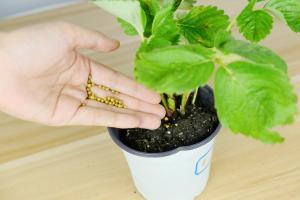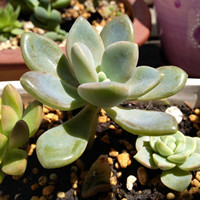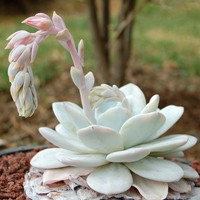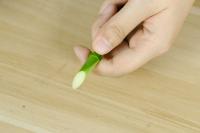How to Plant African Tulip Tree Seeds
The African Tulip Tree, also known as Spathodea campanulata, is a stunning ornamental tree that is native to tropical Africa. With its large, bright red, bell-shaped flowers and lush foliage, it is a great addition to any garden or landscape. If you are interested in growing an African Tulip Tree from seed, here is a guide to help you through the process.
Step 1: Collecting Seeds
The first step in planting an African Tulip Tree from seed is to collect the seeds. You can collect seeds from a mature African Tulip Tree, which can be found in tropical and subtropical regions across the world, including Africa, Asia, the Americas, and the Pacific Islands. The best time to collect seeds is when they are mature and starting to fall from the tree.
Step 2: Preparing the Seeds
Once you have collected the seeds, you will need to prepare them for planting. African Tulip Tree seeds are encapsulated in a hard shell, so you will need to soften them to increase the chances of germination. To do this, soak the seeds in warm water for at least 24 hours. You can also gently scrape the seed coat with a file or sandpaper to help water penetrate the seed coat.
Step 3: Planting the Seeds
When the seeds have been soaked and prepared, you can plant them in a pot or container. Use a mixture of compost and sandy soil for the best results. Plant the seed about 1 inch deep in the soil and cover with a thin layer of soil. Water the soil well but do not saturate it. Keep the soil moist but not waterlogged by watering twice a week.
Step 4: Germination
African Tulip Tree seeds will typically take 3-4 weeks to germinate. You can speed up the germination process by placing the pot in a warm, sunny location such as a windowsill, greenhouse or under artificial light. Once the seedling has emerged, you can reduce watering to once a week.
Step 5: Transplanting
Once the seedling has grown to a height of 6-8 inches, it is ready to be transplanted to its permanent location. Choose a location that receives full sun to partial shade and has well-drained soil. Gently remove the plant from the pot, being careful not to damage the roots, and place it in the hole. Backfill the hole with soil and water the plant thoroughly.
Step 6: Maintenance
To ensure the health and longevity of your African Tulip Tree, it is important to maintain it well. Water the tree regularly, especially during dry spells. Fertilize the tree every six months with an all-purpose fertilizer. Prune the tree annually to remove dead or diseased branches and to maintain its shape. With proper care, your African Tulip Tree will grow into a beautiful and majestic tree.
Conclusion
Planting African Tulip Tree seeds is not difficult, and it is a great way to add a stunning and exotic tree to your garden or landscape. With a little preparation and patience, you can grow this beautiful tree from seed and enjoy its gorgeous flowers for years to come.

 how many times do yo...
how many times do yo... how many planted tre...
how many planted tre...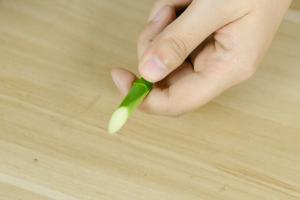 how many pine trees ...
how many pine trees ... how many pecan trees...
how many pecan trees... how many plants comp...
how many plants comp... how many plants can ...
how many plants can ... how many plants and ...
how many plants and ... how many pepper plan...
how many pepper plan...



